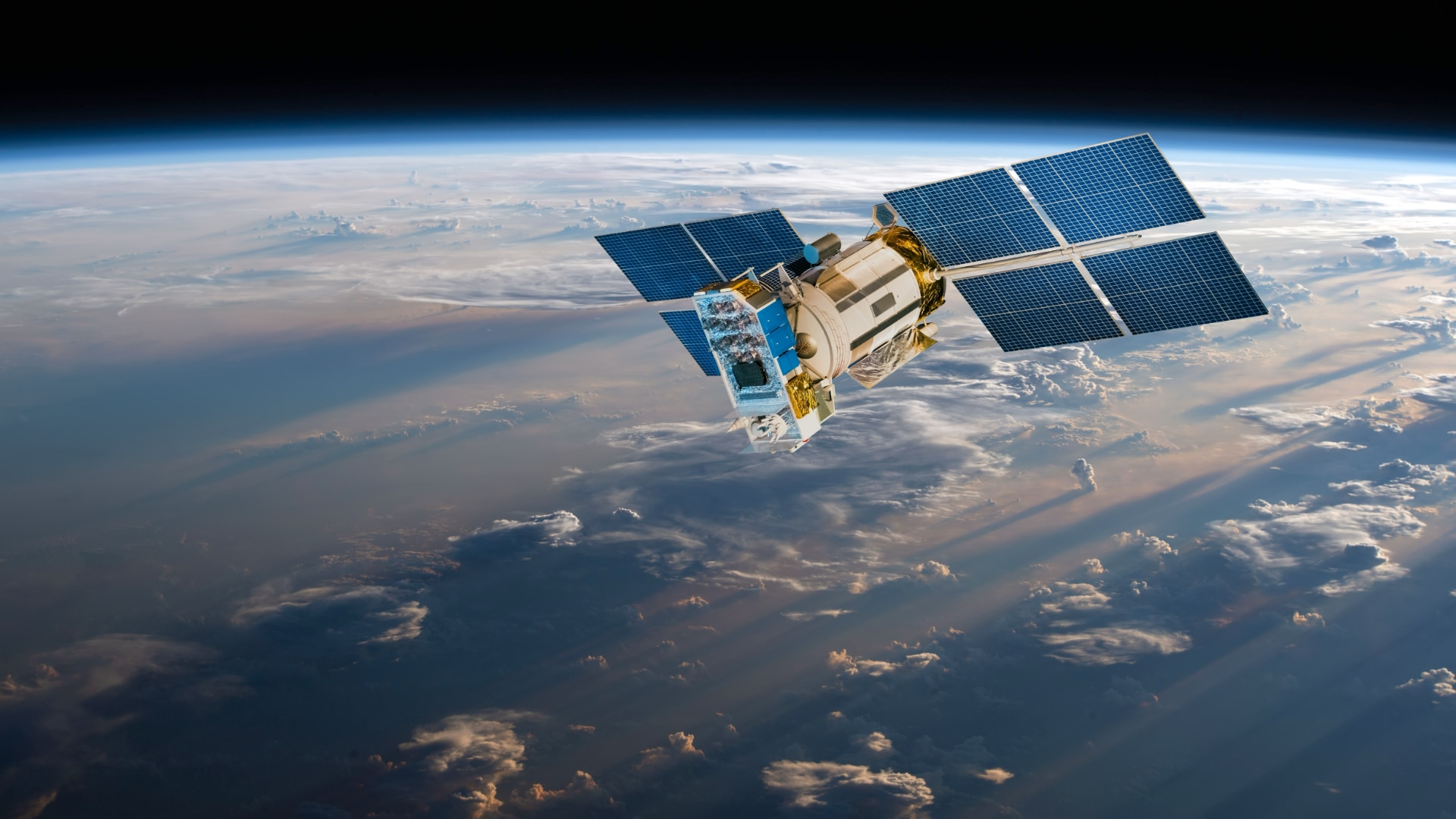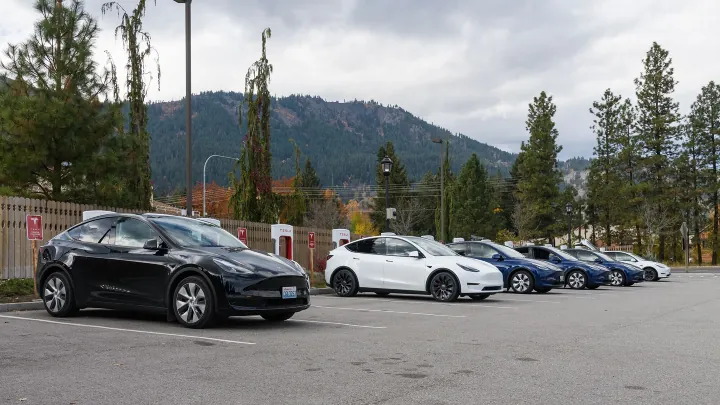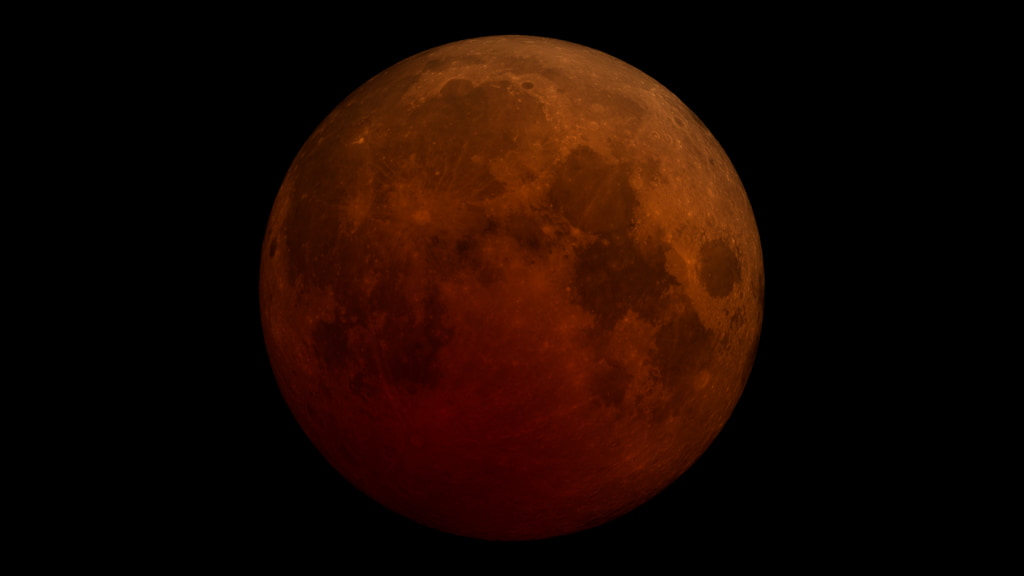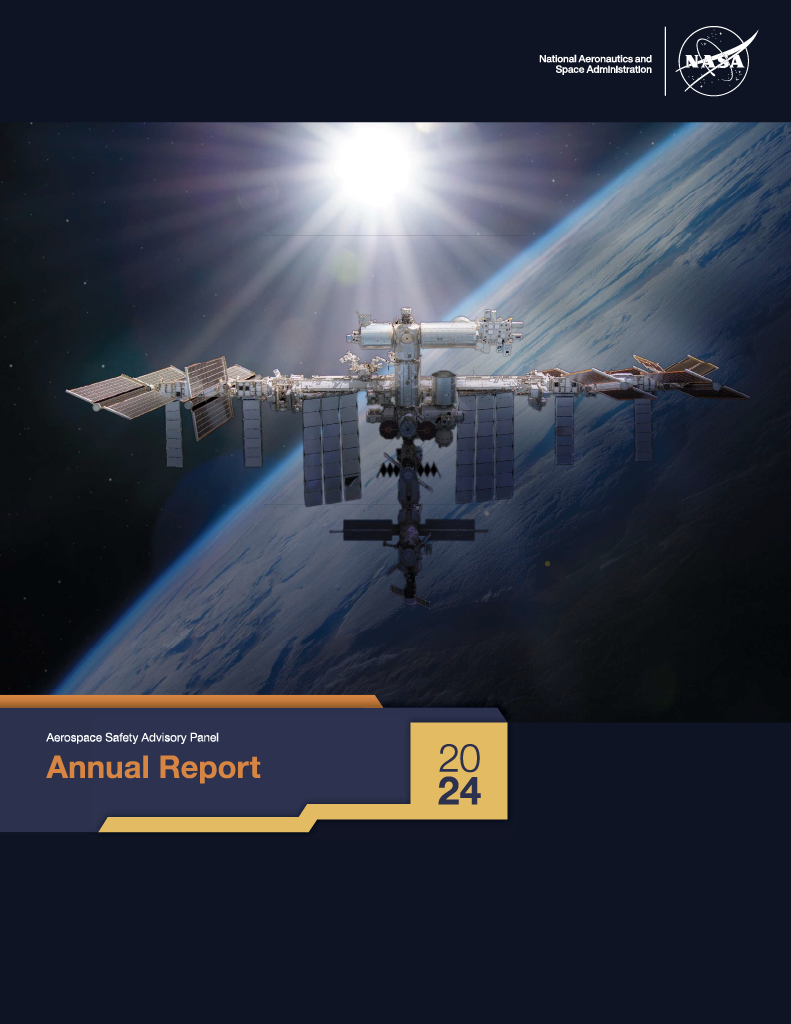There Could Be a Supermassive Black Hole in the Large Magellanic Cloud Hurling Stars at the Milky Way
Hypervelocity stars (HVSs) were first theorized to exist in the late 1980s. In 2005, the first discoveries were confirmed. HVSs travel much faster than normal stars, and sometimes, they can exceed the galactic escape velocity. Astronomers estimate that the Milky Way contains about 1,000 HVSs, and new research shows that some of these originate in … Continue reading "There Could Be a Supermassive Black Hole in the Large Magellanic Cloud Hurling Stars at the Milky Way" The post There Could Be a Supermassive Black Hole in the Large Magellanic Cloud Hurling Stars at the Milky Way appeared first on Universe Today.

Hypervelocity stars (HVSs) were first theorized to exist in the late 1980s. In 2005, the first discoveries were confirmed. HVSs travel much faster than normal stars, and sometimes, they can exceed the galactic escape velocity. Astronomers estimate that the Milky Way contains about 1,000 HVSs, and new research shows that some of these originate in the Milky Way’s satellite galaxy, the Large Magellanic Cloud (LMC).
Does the LMC have a supermassive black hole (SMBH) that’s ejecting some HVSs into the Milky Way?
Most stars in the Milky Way travel at about 100 km/s, whereas HVSs can travel as quickly as about 1000 km/s. Established thinking, backed up by existing evidence, says that HVSs originate in the Galactic Centre. Astronomers think they come from binary star systems that get too close to Sgr. A*, the Milky Way’s SMBH. In this scenario, one of the binary stars is captured by the black hole, and the other is ejected as an HVS. This is called the Hills mechanism. In fact, some of the original evidence supporting the existence of Sgr. A* was based on fast-moving stars in the galactic center by the Hills mechanism.
New research submitted to The Astrophysical Journal shows that a surprising number of the Milky Way’s HVSs come not from the galactic centre but from the LMC. It’s titled “Hypervelocity Stars Trace a Supermassive Black Hole in the Large Magellanic Cloud.” The lead author is Jiwon Han, a grad student at the Harvard and Smithsonian Center for Astrophysics who studies galactic archaeology.
In 2006, researchers published the results of a survey of HVSs in the Milky Way. That survey detected 21 HVSs that were unbound B-type main sequence stars in the Milky Way’s outer halo. Their properties were consistent with stars ejected from the galactic center by the Hills mechanism. In this new research, the astronomers revisited these stars. They had some help that wasn’t available in 2006: the ESA’s Gaia spacecraft.
Gaia is our star-measuring superhero. It sits at the Sun-Earth L2 point, where it measures two billion objects, mostly stars, and tracks their positions and velocities. Han and his colleagues revisited the 21 HVSs using the proper motions provided by Gaia. Gaia, a mission that has driven substantial progress in our understanding of the Milky Way, came through again.
“We find that half of the unbound HVSs discovered by the HVS Survey trace back not to the Galactic Center, but to the LMC,” Han and his co-authors write.
That motivated them to dig deeper. The researchers constructed a model based on simulated stars that were ejected by an SMBH in the LMC. “The predicted spatial and kinematic distributions of simulated HVSs are remarkably similar to the observed distributions,” the authors write.

speeds
Could there be another root cause of the HSVs? Supernova explosions can eject stars, and so can dynamic gravitational interactions. Those can’t explain them, according to the authors. “We find that the birth rate and clustering of LMC HVSs cannot be explained by supernova runaways or dynamical ejection scenarios not involving an SMBH,” the authors explain.
One key piece of evidence supporting a black hole in the LMC is an overdensity. Called the Leo overdensity, it’s a region toward the Leo constellation that contains a higher density of stars than the surrounding regions. Han and his co-researchers say their model also produces this same overdensity. An SMBH with about 600,000 solar masses in the LMC is hurling stars into the Milky Way, some of which are HVSs, some of which are now residing in the overdensity.

Their model shows that almost all of the stars in the Leo overdensity came from the LMC and its SMBH, which the authors describe as “a curious result.” To understand it better, they dug into how the Hills mechanism works.
“The main ingredients of the Hills Mechanism are: (1) the mass of LMC, (2) binary star masses, (3) binary
separations prior to tidal disruption, (4) pericenter distances of the binary orbit around the SMBH,” the authors write. These are inputs into the Hills mechanism, and the outputs are ejection probabilities and velocities for individual stars.
For ejected stars, the researchers integrated their orbits forward for 400 million years to see where they would go. “We finally ‘observe’ the resulting population of stars from the Galactic rest frame at the present day and apply a selection function to match the observational constraints of the HVS Survey,” the authors write.

The implications of this research could be far-reaching. Current thinking says that all large galaxies contain an SMBH but that smaller galaxies don’t. There’s some evidence that smaller galaxies can harbour them, but in dwarf galaxies like the LMC, for example, the black holes may not be massive enough to qualify as actual SMBHs, depending on where the cut-off is. Additionally, they’re more difficult to detect in dwarf galaxies because they may not be actively accreting matter.
This research changes things.
It shows that the presence of a black hole does not generate HVSs alone; the motion of the galaxy also contributes. Future studies of HVSs need to consider galactic motion.
The study also has ramifications for our understanding of galaxy growth and evolution. If astrophysicists are missing black holes in smaller galaxies, that means our theories of galactic evolution are likely lacking consequential data.
More research into HVSs will take these results into account. Gaia data may help find more HVSs when more becomes available in future data releases. That means more data points, something scientists are always looking for. With that data, researchers can build more detailed models and develop more stringent theories on HVSs and how they’re generated.
Research: Hypervelocity Stars Trace a Supermassive Black Hole in the Large Magellanic Cloud
The post There Could Be a Supermassive Black Hole in the Large Magellanic Cloud Hurling Stars at the Milky Way appeared first on Universe Today.









































































